What Do Hornets Eat? 10 Food Sources That Attract Hornets
Do you have hornets around your house and you aren't quite sure why? Did you know that there are actually a number of different food items that can attract hornets around your home? In this article, you'll learn all about what hornets eat, and why they are attracted to your home, or living area. You'll also get some tips for getting rid of them, and keeping them away for good.

Hornets are technically omnivores, so they’re capable of eating a variety of things. This means if you’ve seen hornets around your home, you’ll want to make sure you avoid the food items that they are most attracted to.
Most people do tend to enjoy some of the same food items, so it’s probably unrealistic to avoid them altogether. You’ll just want to make sure that after you dispose of certain items, they are locked up tight, and in a secure trash can so that pests can’t get in.
This may seem like unnecessary information to deal with, but specifically knowing what hornets eat can tell what attracts hornets, and how likely your home is for an infestation. Ready to find out what it is that actually may attract hornets to your home or garden area? Let’s jump in and take a deeper look!
Other Insects
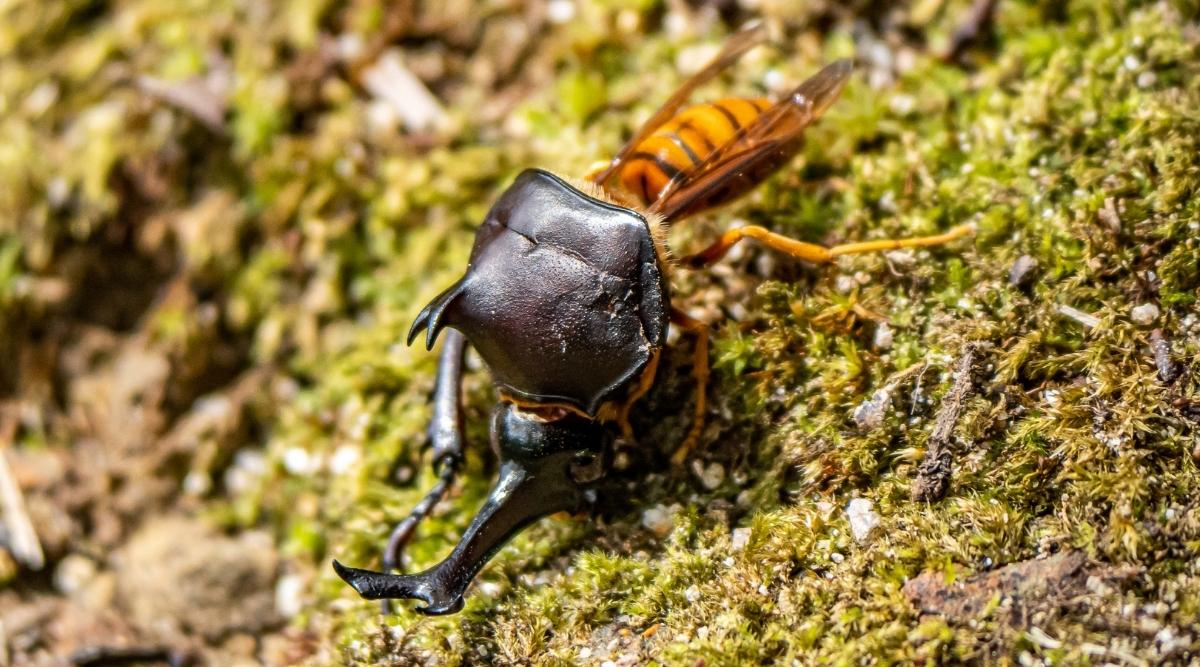
Hornets are natural-born killers. They’re mostly known to be predatory creatures that eat other insects like caterpillars, bees, flies, and beetles. They hunt by overpowering their prey with their giant mandibles and stingers that can be used multiple times after they attack.
Also, their size makes it possible for them to take down even larger insects like the praying mantis. This means you’ll want to stay current on your pest control, whether you plan to DIY, or you have a service that’s providing pest control for your home.
Meat or Carrion
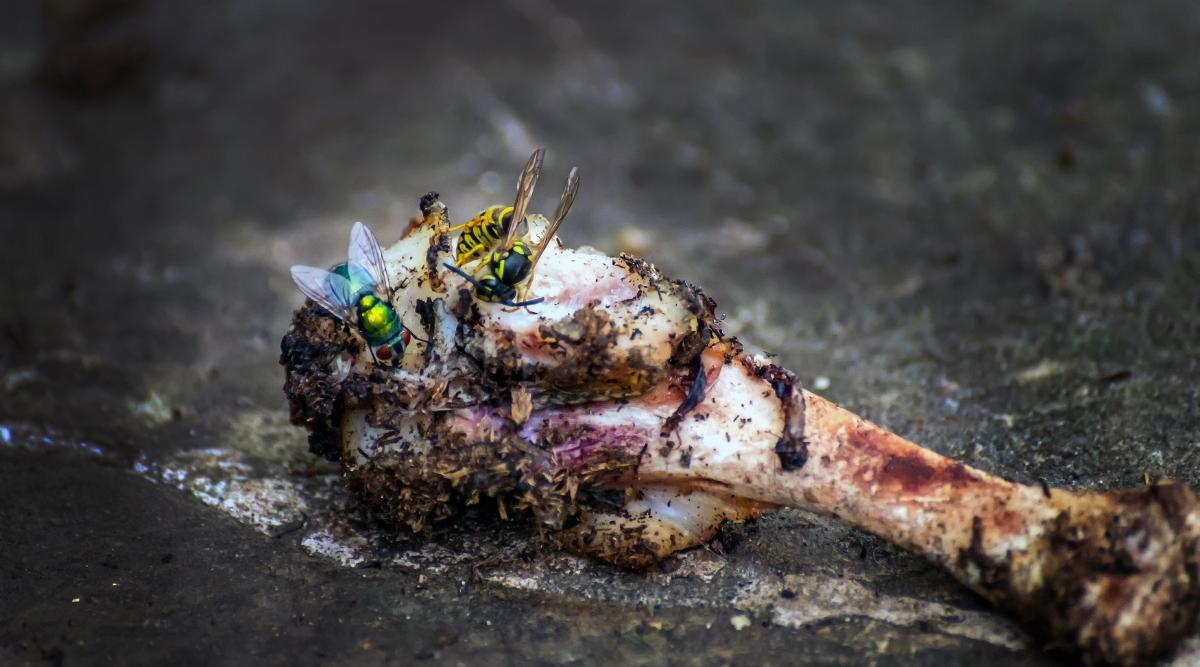
Whether it’s from a piece of meat inside your trash bin or carrion from roadkill, hornets have also been spotted taking protein from these sources. As mentioned, they are omnivores, and they tear up the meat with their mandibles. They then fly over to their nest to feed their larvae with it.
So if you don’t want these bugs on your property, it’s best to clear out dead animals and put a lid on your trash. Always make sure any meat that isn’t eaten for dinner is secured inside a trash bag that doesn’t allow for insects to get inside.
Nectar
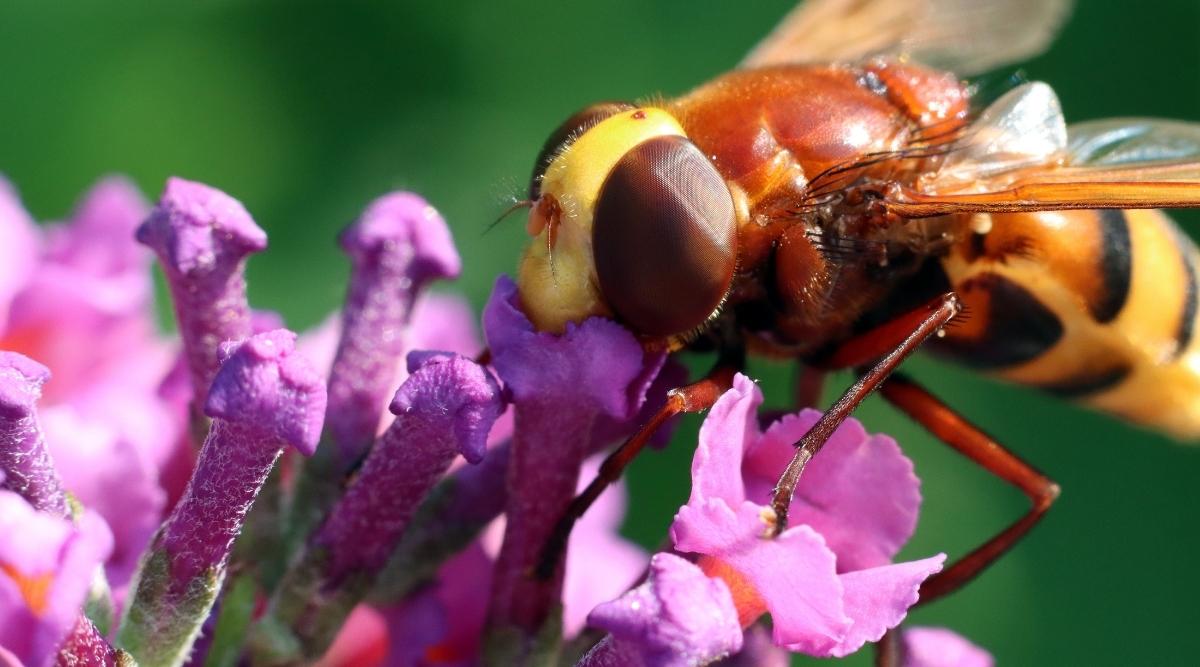
Pollen sticks to the hornet’s tiny hairs and get carried off to other flowers, causing pollination. Hornets are known to eat nectar from flowering plants like orchids. Just like bees, they hover over flowers and suck out its sweet nectar, even contributing to the cross-pollination of plants.
Because they like nectar, it’s important to keep nectar-bearing plants away from your home if you can avoid it. Sometimes this isn’t possible if you have your gardening space near your home, but it’s preferable if you can plan it out and have some distance between your plants and your home.
Sap
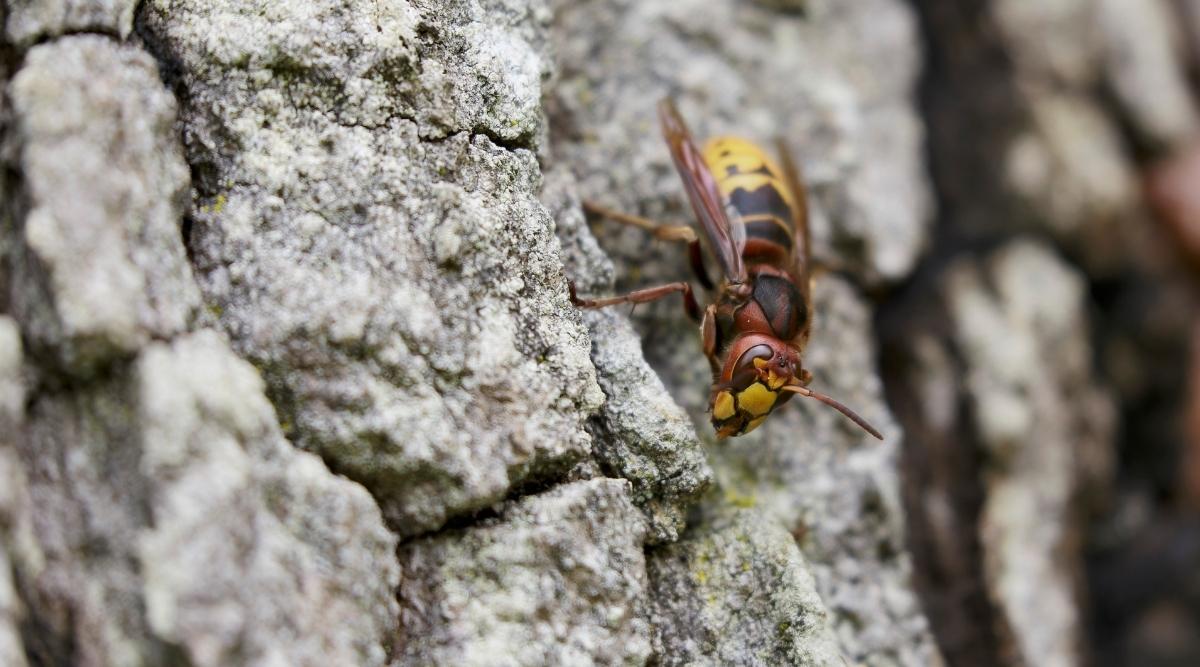
Sap is also a part of the hornet’s usual meal plan. You can often see them using their mandibles to scratch tree barks to get to the sap. Tree sap often attracts many different insects due to the nutrient profile.
Keep this in mind if you are planting certain types of trees around your home. Sap bearing trees are going to be more likely to attract hornets, and other insects. If you do plant them, it’s a good idea to keep them a bit of a distance away from your home, so that they don’t attract insects too close to home.
Candy
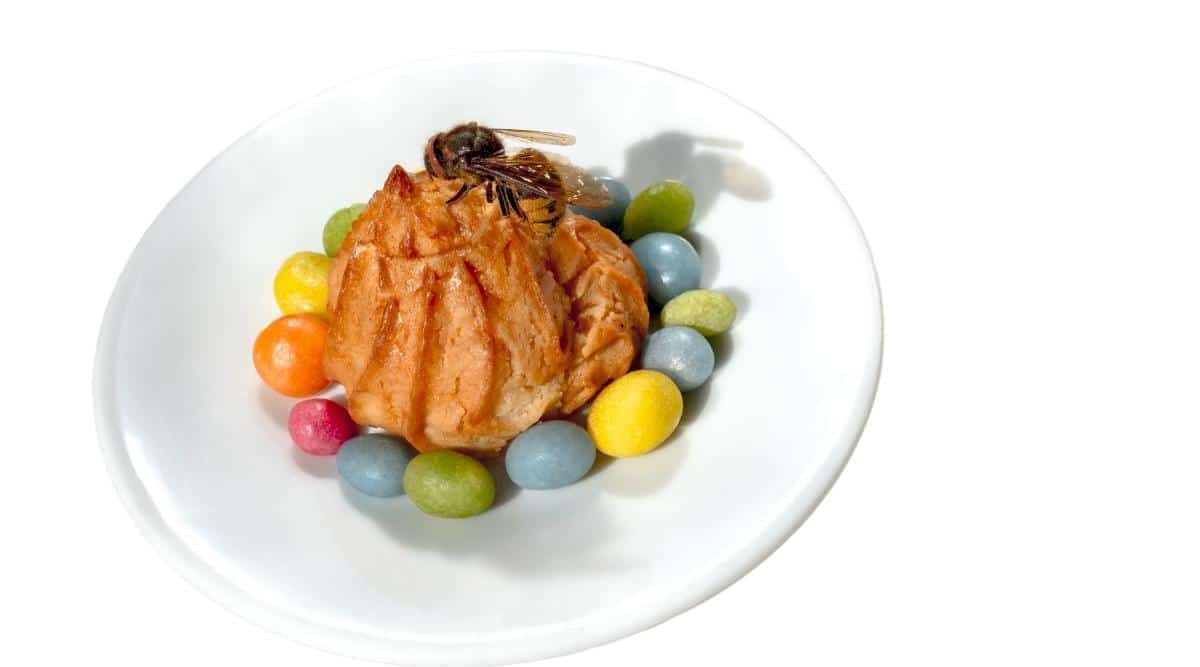
Even though hornets like insects and meat protein, they also have a taste for sweet things. And what’s sweeter than candy itself? That’s right. Candy sometimes bait these bugs during camping activities and picnics, so watch out for these stinging insects when kids are eating candy outside.
While they aren’t likely to be attracted to a candy bar that your child is holding, they will be attracted to candies that are left outside, or unattended. If you have kids around your home, make sure any excess candy is properly disposed of in a secure trash bag to prevent hornets from having their interest aroused.
Soda
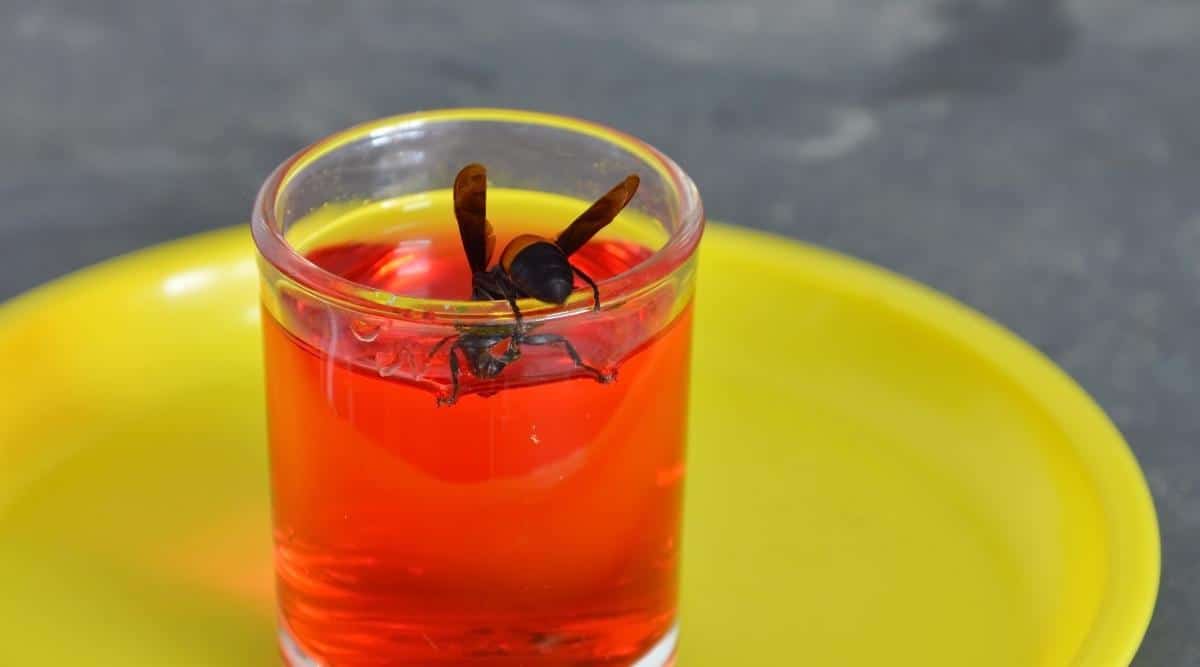
Another human junkfood that hornets love is soda. This is probably because the beverage is chock-full of sugar, mimicking the insect’s other sweet diet staples like nectar and honey.
So when you’re opening drinks outside, keep it in a clear container. Hornets reportedly fall into soda cans when they’re left outside opened and unattended. They will also be attracted to soda that’s been dried over time, so if there’s any spills nearby, make sure that they get cleaned up promptly to avoid this problem.
Honey
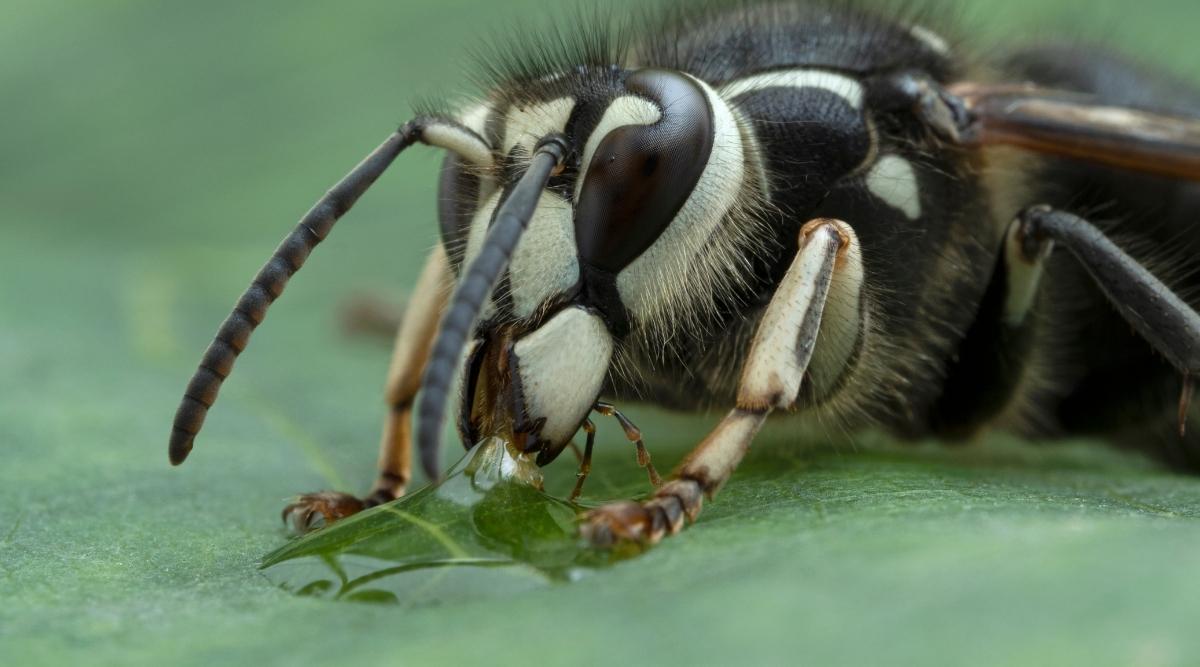
Speaking of honey, hornets have a complicated relationship with this particular food. They can go to extreme lengths and raid beehives for their honey supply, but they can also do the exact opposite when a honey trap is laid out and completely ignore it.
If you frequently use honey when cooking meals, make sure that any excess is disposed of properly. There have been plenty of hornet infestations that have come about after excess honey leaks into an outdoor trash can.
Bee Pupae
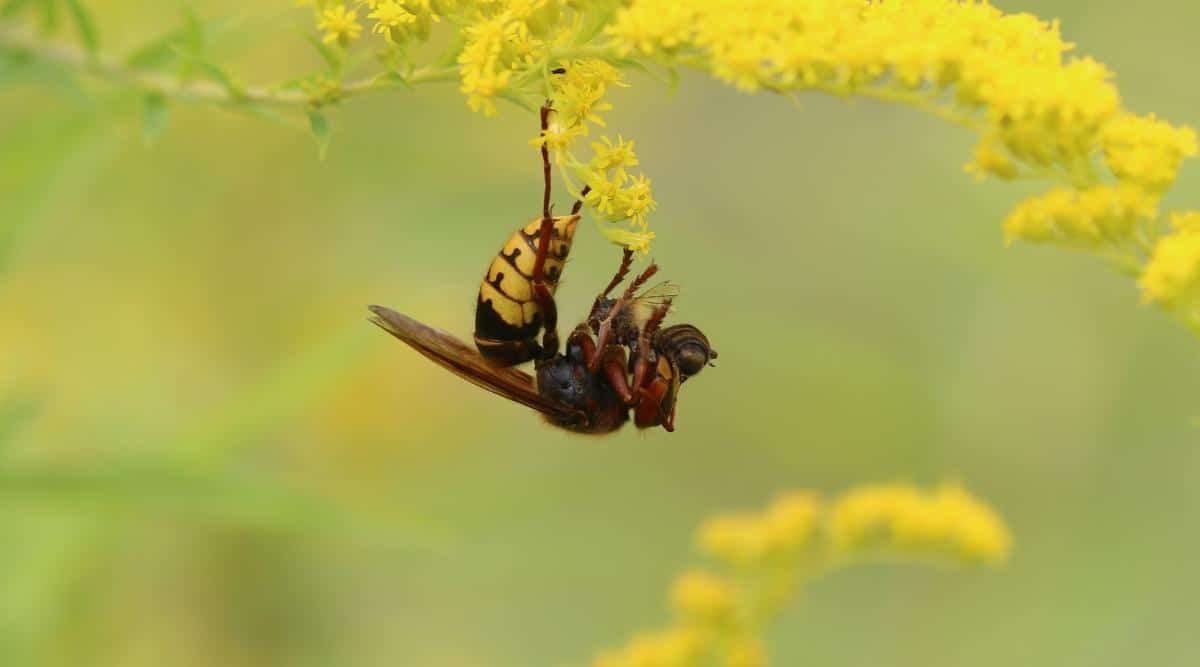
When hornets invade a beehive, the bee pupae aren’t killed. They are taken out and flown into their nest as food for their grubs. These bee pupae make excellent food sources for hornets and many other types of pests. If you have beehives around your home, it’s important to get rid of them quickly to avoid additional pest infestations.
Overripe Fruits
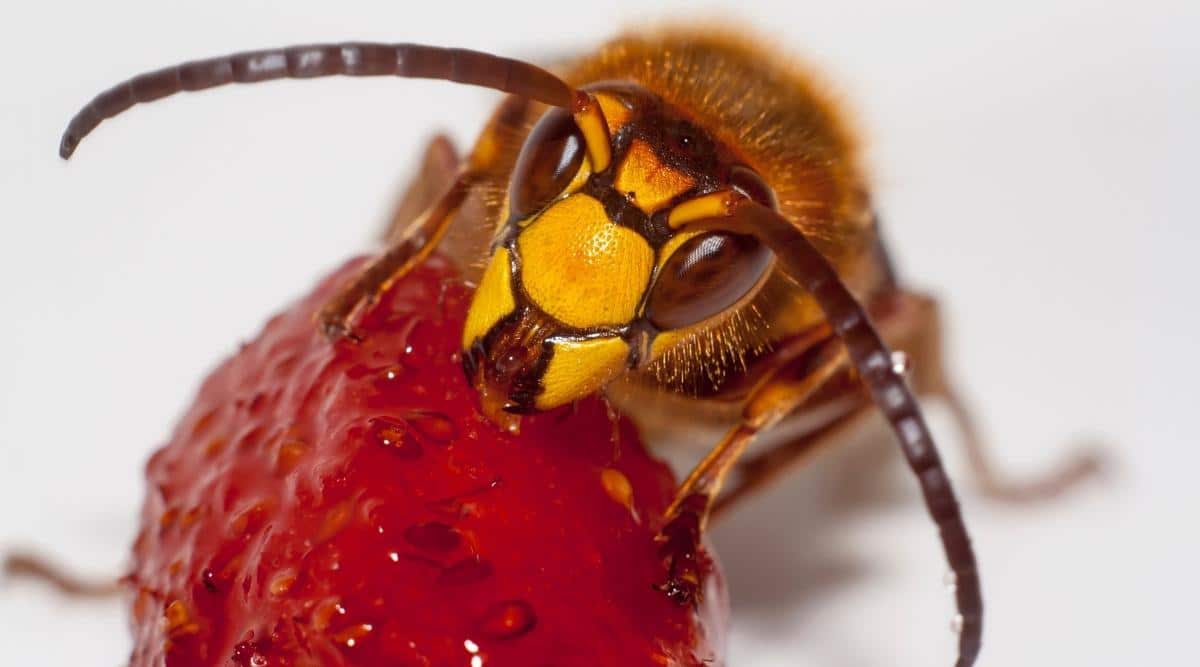
These oriental hornets can’t resist the taste and smell of a rotting Indian fig. Overripe fruits like apples, cranberries and peaches are magnets for hornets as well as other insects. If you have overripe fruits around your home, expect hornets to hover around your yard regularly.
Although it’s not really known why, hornets are often seen on top of fallen fruits rather than fresher options. Keep in mind that these overripe fruits may not just be a result of fruit dropping off your fruit tree nearby. They could be the result of fruits you’ve thrown away, if your garbage can access is outdoors.
Vinegar and Sugar
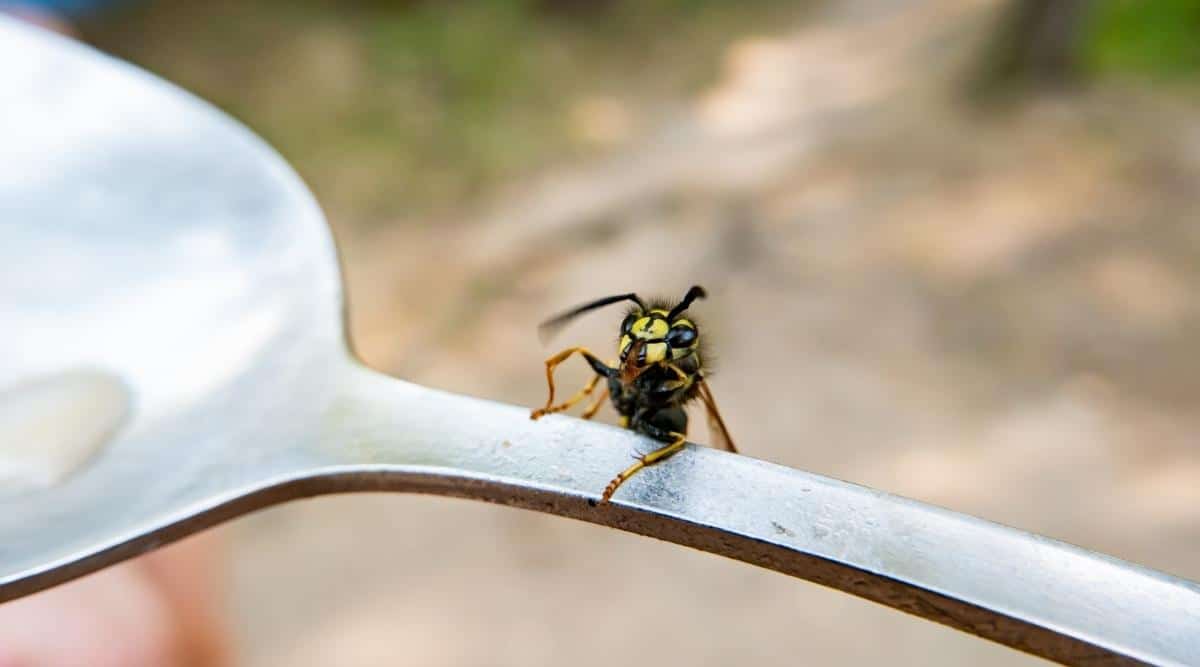
Vinegar is not really part of a hornet’s diet. But it’s popular bait. When vinegar is mixed with sugar, the combination of the sweet and sour scents effectively attracts these insects. So you should consider using this when you’re planning on building a trap.
All in all, learning what hornets eat is important because of three reasons. One, it shows you if your property is a likely candidate for an infestation. Two, it tells you the specific places where hornets will most likely strike.
For example, you’re possibly going to have plenty of these bugs in places where there’s an apple tree because it would be riddled with rotten apples. And lastly, knowing what hornets feed on gives you the perfect bait idea for hornet removal treatments. It’s the best arsenal for getting rid of these stinging creatures.
Wrap Up
Now that you know what kind of foods attract hornets, you know exactly how to avoid it in the future. Always make sure to secure any tempting food items into secure trash bags, and always place them in secure bins where insects aren’t able to reach them.
When possible, avoid planting certain trees, or bushes near your home if they are likely to attract hornets. When all else fails, you can contact a professional to assist in ridding your home of hornets, and future prevention.
Share this post

Recommended for you
Which Hornets Live in the Ground? Wasps that Live Below Ground
Save time and money on pest control
Subscribe to expert DIY pest control tips, pest control product reviews and information.




